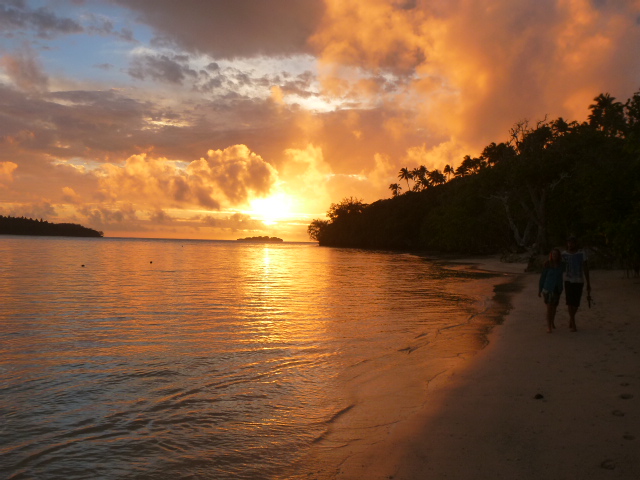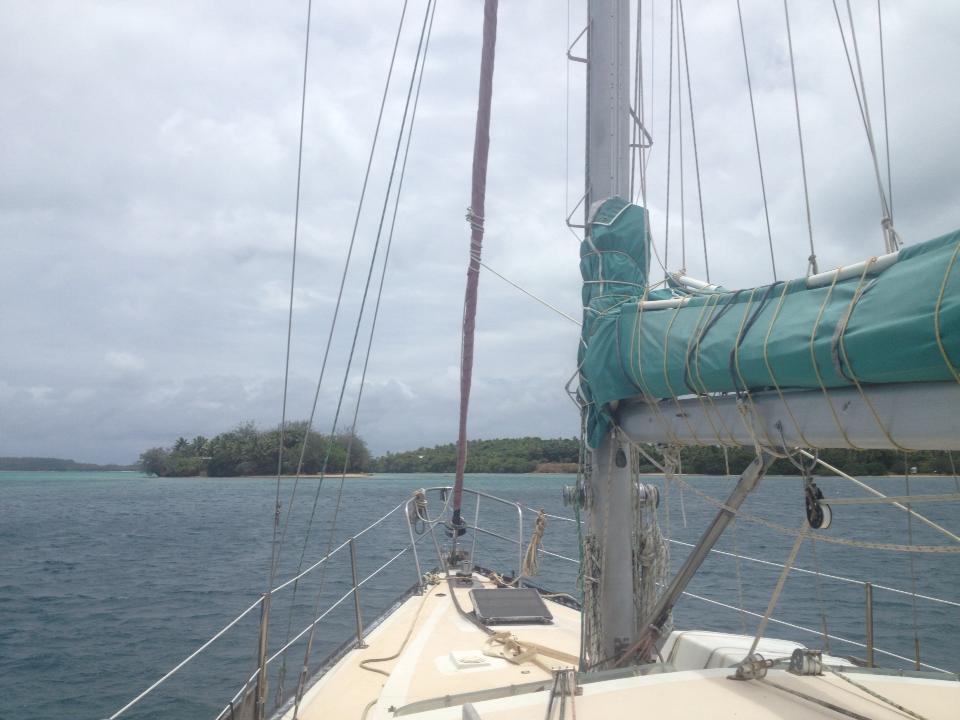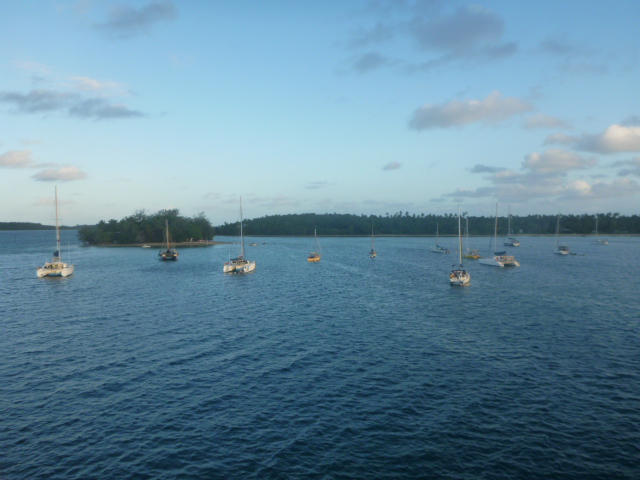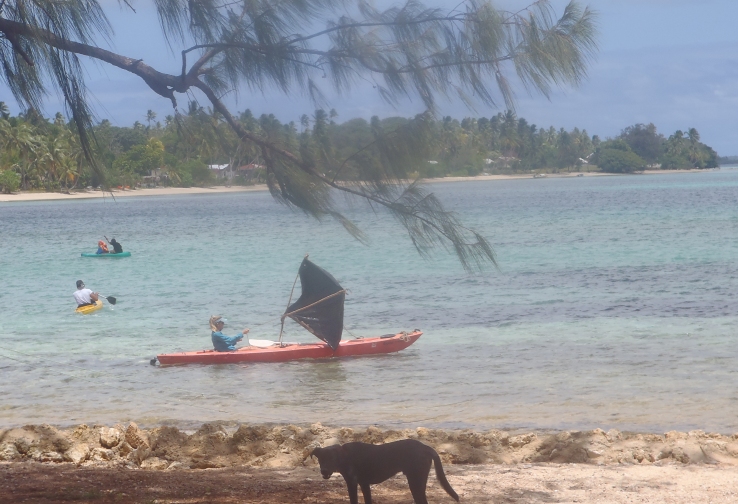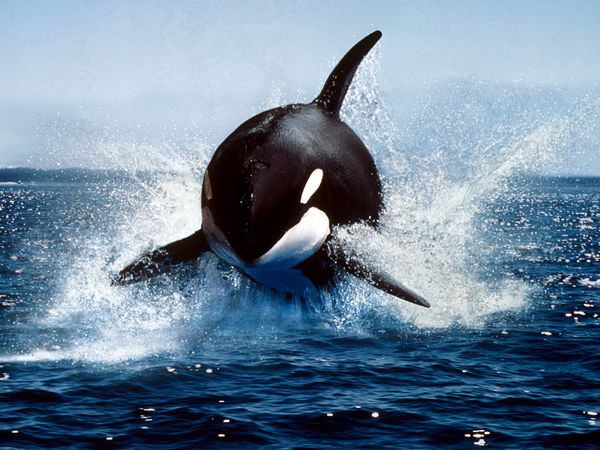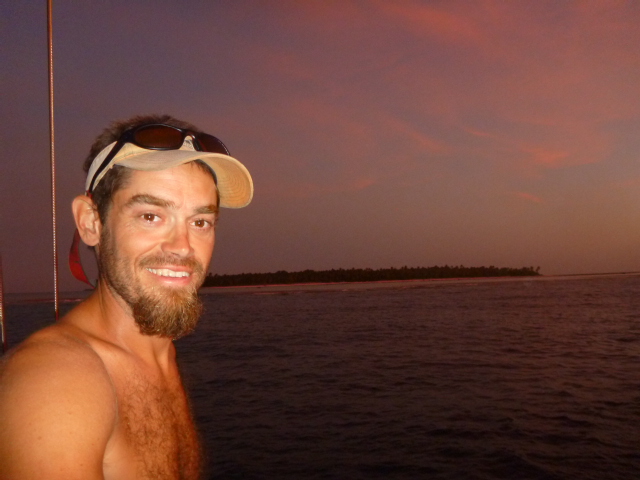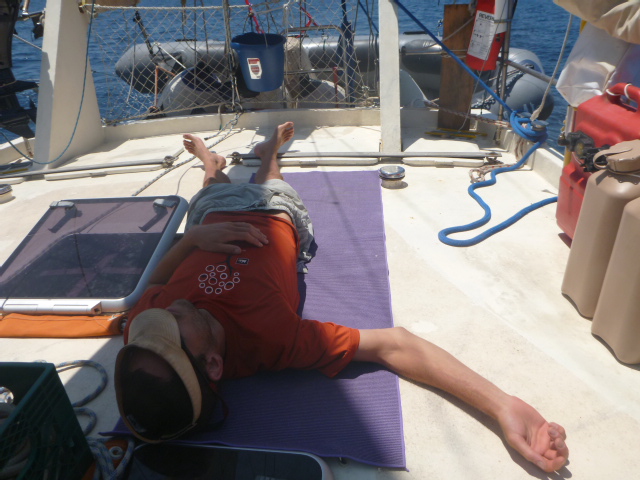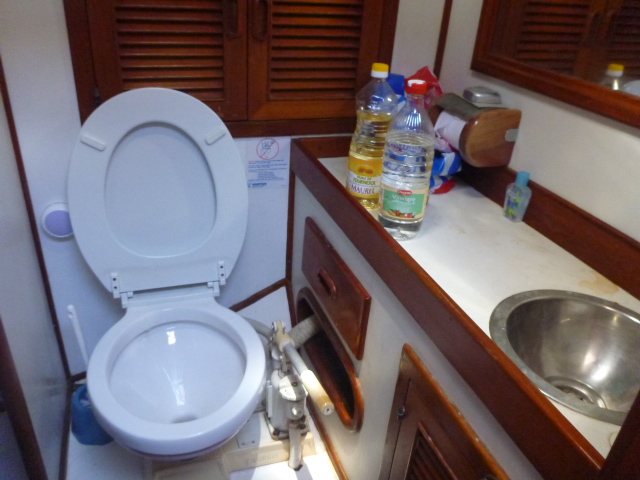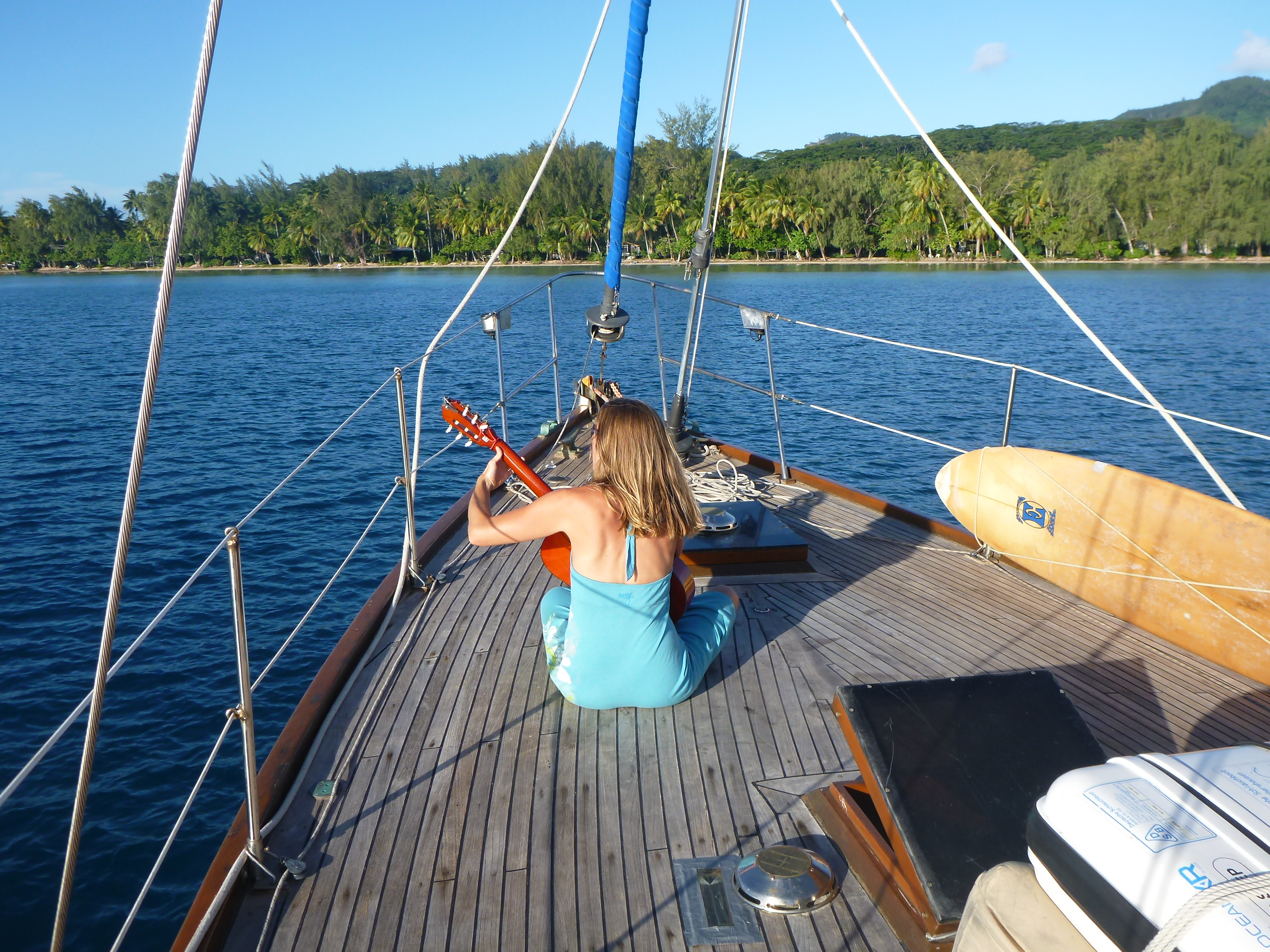2013 – One Incredible Year in Review

6,000 nautical miles
26 tropical islands
8 countries
7 sailboats
6 months living on the sea
3 months living in Tonga
2 careers put on hold
2 big backpacks
1 incredible year
In some ways, it feels like 2013 was the longest year in ages. Probably because a lot happened. We quit our jobs, packed up our house, kissed friends and family goodbye. We sailed one-quarter of the way around the planet, and met countless new people living a range of different lifestyles. Here are some highlights from our journey this year:
Favorite Places:
Palmerston Atoll, an island in the Cooks with only 60 people divided into three governing families, no roads, and abundant fish. Fakarava, for its unspoiled wildlife where we dove with 200+ sharks. Bora Bora for its sheer beauty and sandy anchorages. Niue, the smallest country on earth, where Rob saved a woman’s life (stay tuned for that story!) and every resident waves as you pass by. The Kingdom of Tonga, where we have taken up temporary residence, for the sense of community, the accessible water sports, and the local culture.
Favorite Wildlife Moments:
We’ve spent hundreds of hours underwater and thousands of hours floating on top of it. The most memorable sightings include: a lone Orca whale breaching alongside our boat; floating next to 7 sea turtles in the Galapagos; snorkeling with sea lions in Baja; diving with manta rays in Bora Bora; jumping into the deep blue and seeing dozens of curious sharks; listening to the humpback whales sing underwater and watching a mama and her baby play; cheering as dolphins ride the bow wave of our sailboat; and swimming at night through bioluminescent plankton that glow and sparkle.
Biggest Challenges:
- Nothing is ever still while sailing from place to place, which means dealing with seasickness, a rocking stove while you cook, and always having to brace yourself as you sit or walk or sleep.
- Tight quarters and communal living arrangements can be tough at times.
- Wind, waves and currents control when and where you go, testing your patience and flexibility.
- Bringing the right stuff with you and anticipating what you need during long passages at sea.
- Reconciling the illusion of paradise with the reality of bugs, heat, storms, and the inevitable list of chores and repairs that come with living on a boat.
- Meeting like-minded people and finding friendships as close as those we left behind.
Best Parts of Living At Sea:
- Nights where the stars are endless and bright.
- Shades of infinite blues.
- Syncing your daily life with the rhythm of the sun, the wind, the moon.
- Watching birds and fish and dolphins and whales from the bow.
- Visiting remote and spectacular places that are inaccessible by plane or car.
- Spending time with yourself and each other.


